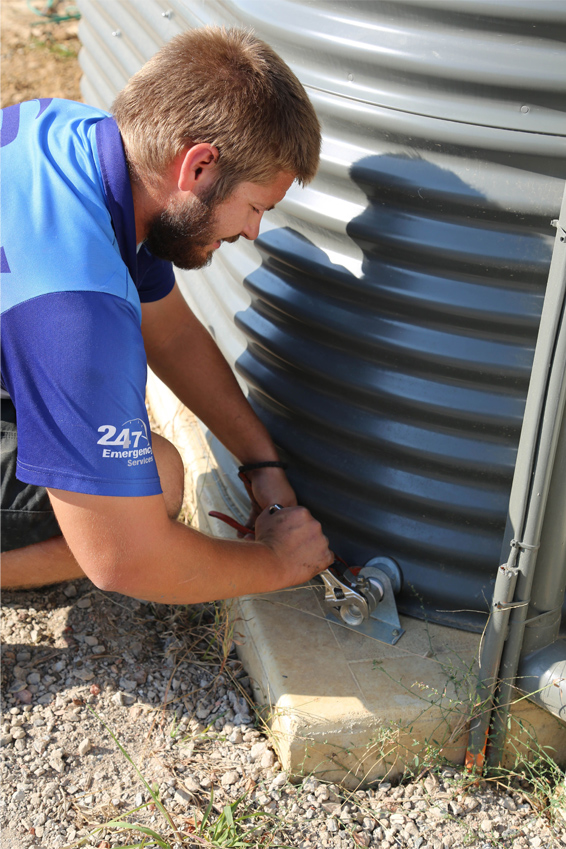The Right Time to Empty Septic Tank

A septic tank is a typical alternative for a municipal sewage system, particularly in rural areas. Based on its proper functionality and durability, you can have a clean living environment, convenient life without risk of a natural calamity, inside or outside of your home. Nonetheless, there is one noteworthy drawback to septic tanks if compared to a municipal sewer system: its limited capacity. While you can nearly guarantee that connectivity to a municipal system allows you to flush away wastewater without worrying about where it will end up, owners of a septic system know precisely where their waste is going.
If properly maintained, a septic system provides an effective method for managing wastewater that your home produces. Septic systems must be pumped regularly in order to function properly. Though, many people are unsure of if this action is necessary. There are a few factors that influence how frequently your septic system must be pumped, and there are a variety of techniques you can use to determine whether or not you should empty your septic tank.
Assessing Your Own Tank
Whether you are having issues with your septic system or not, you should still have it inspected and pumped every three to five years. Systems that consist of electrical or mechanical components may require even more frequent inspections. Your system could have numerous issues that could go un-noticed until its too late. For example, your system could be full enough to slowly discharge scum into your drain field, but not full enough to back up into your home or cause water to pool. Another warning sign that you can observe from your septic tank is that the level of sludge that is present. You can also know when to empty your septic tank if there is a scum layer that reaches six inches below the outlet tee.
Leaking Pipes and Pooling Water
An indicator of a congested system can be noticed through the area around the septic tank. There are pipes that stretch out to the tank throughout your property, and as the system clogs up, water and waste can start to leak from the pipes and produce puddles around the base of the tank. The increased levels of water can bring impacts to the grass around your tank by making it develop at an increased rate. Grass that seems greener and healthier than any other grass in other areas of your yard could be a sign that your tank is at capacity and needs immediate pumping to avert drain field damage.
Examining Toilets and Drainage Pipes
All gadgets that associate with the septic tank system can show signs when the tank is at full limit. Toilets, in particular, require check-up for any functional issues and abnormal flushing. If the toilet reacts slowly when you flush it, at that point it may be a sign that it’s time for you to empty your full septic system. In addition, if your sink or shower also drains slowly, it can be a sign your septic tank is full and that it prevents water from draining at a normal rate.

